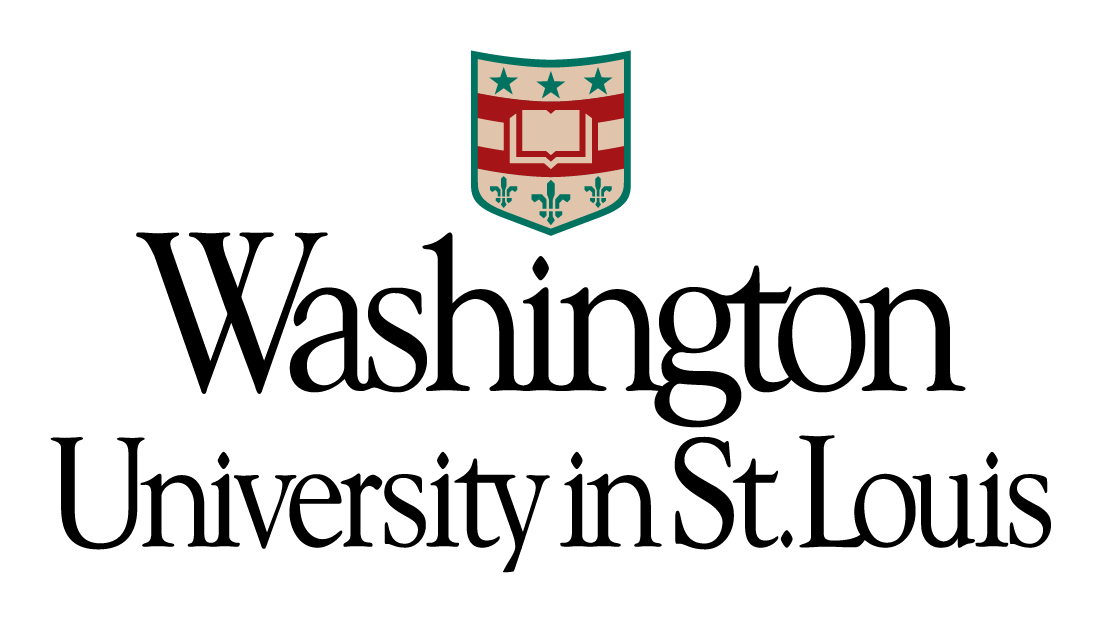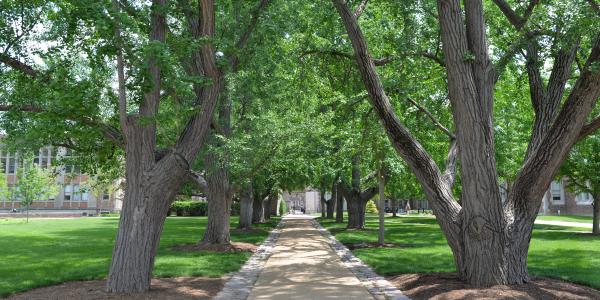The WashU Arboretum is soliciting proposals for research projects on the Arboretum trees.
Call for Proposals
Grants-in-Aid of Research 2024 - The Arboretum of Washington University
The Washington University Arboretum includes more than 6000 native and non-native trees growing on the Danforth Campus. We are soliciting proposals for Research Projects that focus on the trees in the Arboretum.
Projects may be conducted anytime in 2024, but a final report on the project and outcomes must be submitted by December 31, 2024. Requests for up to $2000 will be considered. Funding may be spent on supplies, equipment, and/or transportation, as well as general summer stipend support for students. Grants-in-aid will be paid directly to the awardee who will provide a detailed accounting of how the funds were used along with their final report, due December 31, 2024. (In the event that projects are not completed or fully reported, funds will be
returned to the Washington University Arboretum).
Who may apply: Current Graduate or Undergraduate students, or teams of students may apply. You need not be enrolled for summer classes but must be a student in good standing registered for classes in Fall semester 2024.
Due Date: Applications will be accepted no later than midnight March 22, 2024. Send your written application as a pdf email attachment to: curatorarboretum@wustl.edu
Evaluation: Projects will be evaluated by the Arboretum Steering Committee and awardees will be informed no later than May 1, 2024. Criteria include: Scientific merit and potential impact; feasibility and likelihood of successful completion of the proposed project; and value to Washington University and the wider community.
Proposal Format:
- Project title
- Applicant’s name, major, expected graduation date, email, phone
- Proposal Summary (Executive Summary). The Proposal Summary should be approximately one paragraph and should include a general description of the project and the use to which the funds will be put, as well as the amount of funding requested.
- Background. The Background section, of 1-2 pages in length, should provide the reader with an explanation of the problem or question that has created the need for the project that will be funded by the requested grant. This section should provide evidence that the problem exists or that the question is unanswered. This section should also demonstrate that you have a good understanding of related work that has been published on your topic. It is important that the reviewer who reads this section knows why your project should be funded over others.
- Project Description. The Project Description, of 2-5 pages in length should give the reader a detailed description of what you will do to complete the proposed project. You need to explain what data you will collect, how you will collect it, and how this will be used to answer your research question. If borrowed equipment will be needed, confirm that you have permission to borrow the equipment. If special permissions are needed, confirm with whom you have gained permission. This section of the proposal should also include details of the methods, timeline and budget for the proposed project.
- Qualifications of the applicant to complete the proposed work. Convince the committee that you have the experience or expertise to complete the proposed project. This may include your experience on other research projects, course work, field work or volunteer work.




